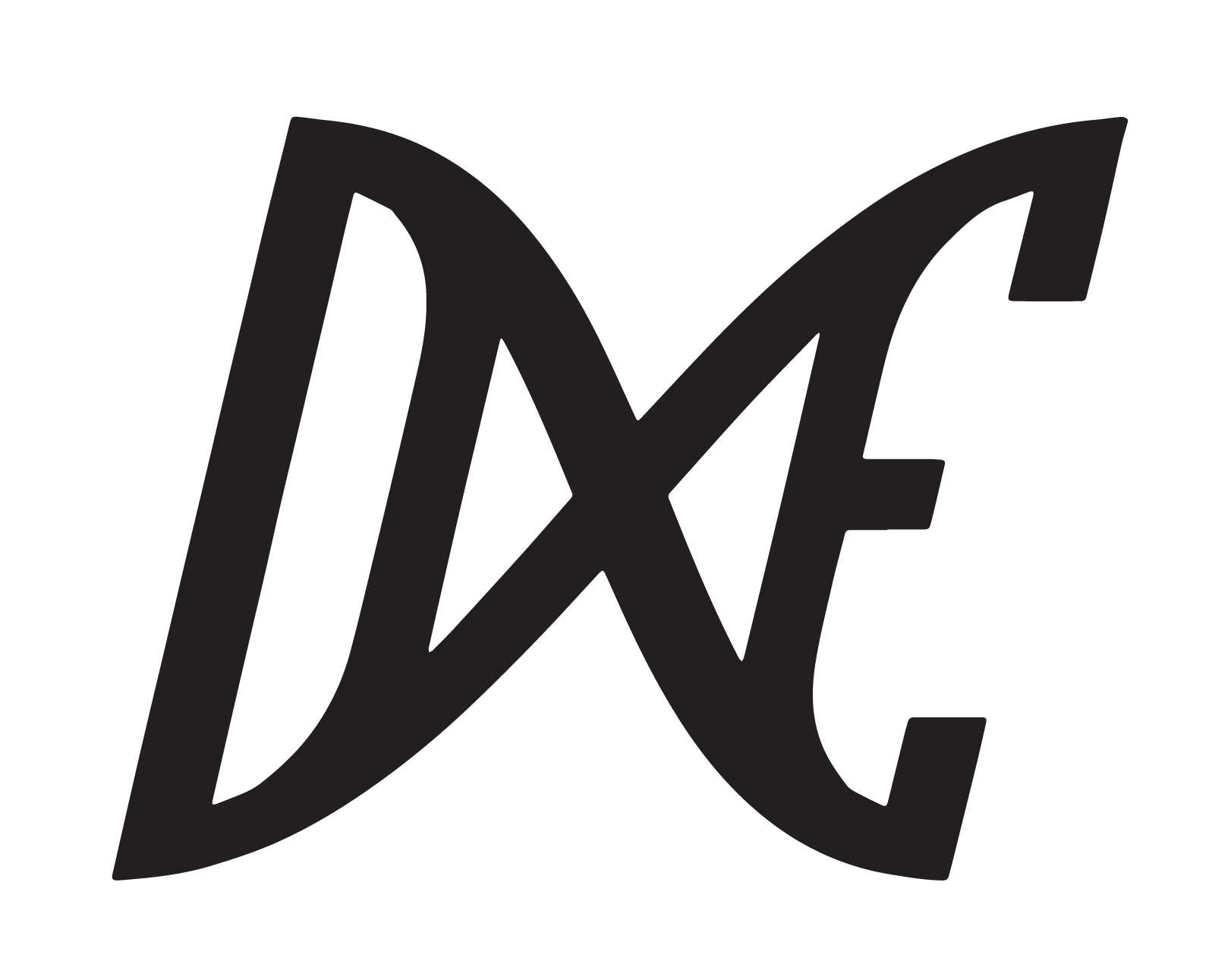The 0.1% Movement

The March on Washington is one of the most famous protests in history and rightly seen as the peak of the American Civil Rights Movement. Hundreds of thousands of activists descended on Washington to demand action against racial inequality. And within a year, they had achieved a dream that would have been unimaginable just a few years prior -- federal legislation barring public discrimination, on the basis of race.
The 50th Anniversary of the March on Washington is just days ahead (August 28, 2013). But while we remember the march today as if it had the entire nation's support, the reality is very different. As historian William Jones explains, "Up until the very day of the March, the big story was the danger of violence, and all the preparations that local officials were taking to prepare for violence." Moreover, while the March on Washington was a high point of the Civil Rights Movement, the 200,000 participants still comprised a mere 0.1% of the US population at the time. (You read that correctly: one-tenth of one percent.)
Of course, these were no ordinary activists. These were protesters who were willing to drive days to Washington, DC for a one-day event. These were activists who were not afraid to march to the nation's capital, in the face of an ominous military mobilization against them. And perhaps most important, these were brave women and men who were willing to take a forceful and public stand for racial equality, in a society where segregation and racial bigotry were simply accepted ways of life.
And by forcing a public dialogue that they knew that they would win, by having confidence in the integrity of their moral message, the marchers achieved their greatest dreams.
The lesson? We don't need, initially, to convince every member of the public. We don't even need to convince 5%. With a strong foundation of activists, who are willing to stand for what they believe in, even in the face of rejection, ridicule, and physical threats, 0.1% will be enough.
Other articles

Tulare County Dairy Farms Are Poisoning Latino Communities

The Case for Systemic Change




